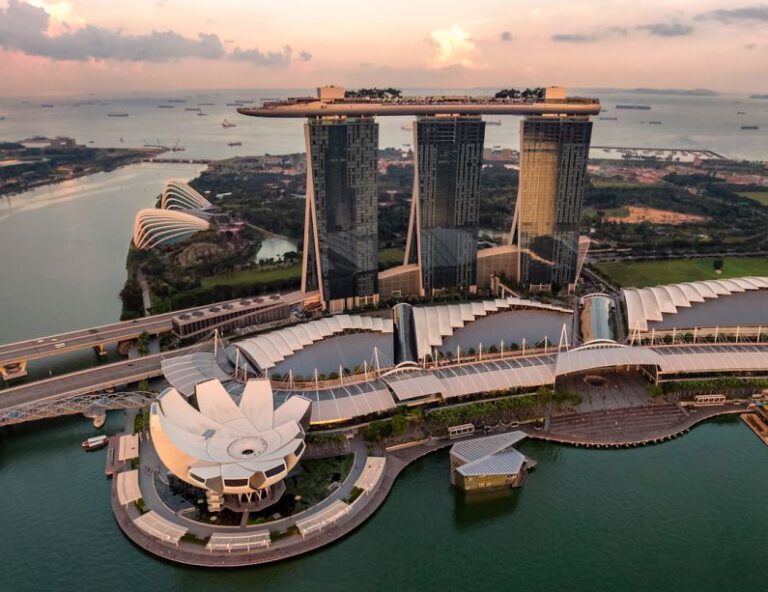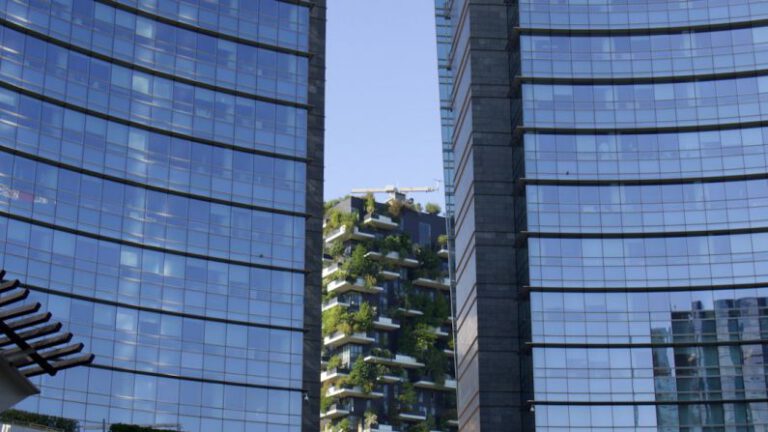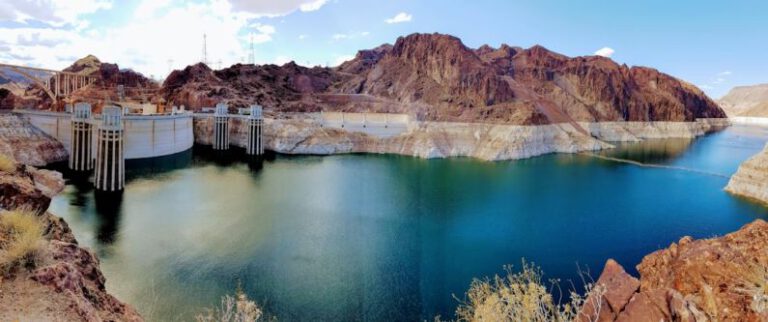Can the Hanging Gardens of Babylon Inspire Modern Green Buildings?
The Hanging Gardens of Babylon, one of the Seven Wonders of the Ancient World, have captivated imaginations for centuries with their lush greenery cascading down terraces in the heart of the desert. Despite their ancient origins, could these legendary gardens serve as a source of inspiration for modern green buildings? Let’s explore how the innovative design and sustainability principles of the Hanging Gardens of Babylon could influence the development of eco-friendly structures in the present day.
Unraveling the Mystery of the Hanging Gardens
Legend has it that the Hanging Gardens of Babylon were built by King Nebuchadnezzar II for his wife, Amytis, who longed for the green hills and valleys of her homeland. The gardens were an engineering marvel, featuring a complex irrigation system that allowed water to flow from the Euphrates River to nourish the plants on the terraces. The use of terraces not only created a visually stunning effect but also provided a practical solution for maximizing the space for planting in a limited area.
Drawing Parallels with Modern Green Buildings
In many ways, the design principles behind the Hanging Gardens of Babylon align closely with the goals of modern green buildings. Sustainability is a key focus in contemporary architecture, with an emphasis on incorporating natural elements to reduce energy consumption and create healthier living environments. The concept of vertical gardens, similar to the terraced structure of the Hanging Gardens, is gaining popularity as a way to introduce greenery into urban spaces and improve air quality.
Embracing Biodiversity and Ecosystems
The Hanging Gardens of Babylon were not just a beautiful spectacle but also a thriving ecosystem teeming with diverse plant life. This emphasis on biodiversity is a core principle of sustainable architecture today, where green buildings aim to support local flora and fauna while reducing the impact on the surrounding environment. By incorporating native plants and creating habitats for wildlife, modern structures can enhance the overall ecosystem and contribute to the preservation of biodiversity.
Harnessing Innovative Irrigation Techniques
The advanced irrigation system used in the Hanging Gardens of Babylon served as a model of efficiency and ingenuity for its time. Today, sustainable buildings are exploring innovative water management techniques, such as rainwater harvesting and greywater recycling, to reduce dependence on traditional water sources. By mimicking the self-sustaining nature of the ancient gardens, modern green buildings can minimize water waste and promote conservation efforts.
Integrating Green Infrastructure
Green roofs and living walls are becoming increasingly common features in modern architecture, providing a range of environmental benefits from insulation to stormwater management. These elements echo the verdant beauty of the Hanging Gardens of Babylon, blurring the lines between built structures and natural landscapes. By integrating green infrastructure into building design, architects can create more resilient and sustainable environments that prioritize the well-being of both occupants and the planet.
Inspiring a Greener Future
As we look to the past for inspiration in shaping a more sustainable future, the Hanging Gardens of Babylon stand out as a timeless symbol of human creativity and harmony with nature. By embracing the principles of innovative design, biodiversity, water conservation, and green infrastructure, modern green buildings can draw upon the legacy of these ancient gardens to create spaces that not only benefit current generations but also preserve the planet for generations to come.
Incorporating the lessons learned from the Hanging Gardens of Babylon, architects and designers have the opportunity to reimagine the built environment as a place where beauty and sustainability intersect seamlessly. By embracing nature as a partner in the design process, we can create buildings that not only inspire awe but also serve as beacons of hope for a greener, more resilient world.






